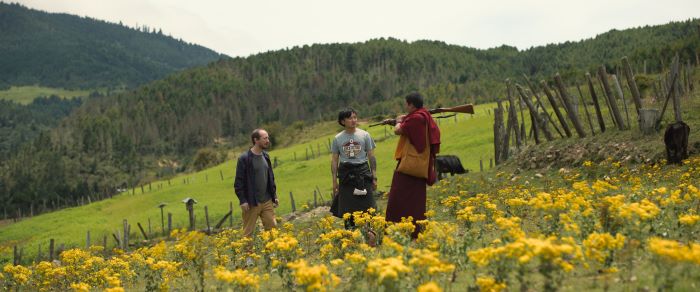
From left, Harry Einhorn, Tandin Sonam, and Tandin Wangchuk in The Monk and the Gun (Roadside Attractions)
Pawo Choyning Dorji’s The Monk and the Gun manages to portray messy, complicated matters like democracy in a deft, light-to-the-touch, yet complex manner. His debut, 2021’s Lunana: A Yak in the Classroom, was by accounts a charming and surprise Oscar nominee for Best International Feature Film. His newest work is endearing as well, primarily taking place within a few days in the mid-aughts in a small, remote village in Bhutan—still under monarchial rule—during its transition to a constitutional democracy and the introduction of nationwide elections. A small band of citizens (mostly played by non-actors, adding to the sense of documentarian-like authenticity) are presented with the process through mock elections (the word “mock” also meaning lightly satiric). The political choices are illuminated in color: red for the promotion of industrialization; blue for anti-corruption, more liberal values; and yellow for the preservation of culture, or keeping things pretty much the same.
Rather quickly, there is resistance—the election divides people, upsetting the village’s previously peaceful existence. A villager, Choephel (Choeying Jatsho), yearning for a more modern, urban life, clashes with his wife, Tshomo (Deki Lhamo)—her mother is presumed to be voting for his candidate’s main opponent. Additionally, their child is bullied in school for his rumored support of the red party. Even the process of registration is antithetical to the culture. As one villager notes, why would someone need to provide something as “useless” as a date of birth? Unsettled by the changes, an elder lama’s (real-life lama Kelsang Choejey) requests the obtaining of two guns through the help of a monk, Tashi (a perfectly droll Tandin Wangchuk), and a wealthy American gun collector (Harry Einhorn, another non-actor). This provides both comedy and the narrative’s main throughline of tension: Just what does the lama intend to do with two guns before the next full moon?
The film is also a small-scale portrait of the encroaching of Westernization. As technology and globalization evolves within the country, so does the early appearance of internet, televisions, “black water” (Coca-Cola), and James Bond, with his insinuations of media violence and machismo. (Daniel Craig, on a staticky screen with an AK47 propped on the shoulder of his athletic frame in Quantum of Solace, is nestled between mock election advertisements.)
Initially reminiscent of old-fashioned epics (the rich, beautiful wide angle opening shots of Himalayan vistas by cinematographer Jigme Tenzing, backed by a pretty, pensive score by Frederic Alvarez), the film immediately establishes a visual and aural encapsulation of what could potentially be lost through industrialization and change. Besides the opening and some of the monk’s picaresque travels in search of the weapons, the picture is otherwise filmed and acted matter-of-factly without pizzaz—honing in on its characters and story. The film eschews exoticizing its location and trivializing its characters (well, maybe except—deservedly—the American gun enthusiast). Ultimately, its strongest aspect is its story, a buoyant and well-hewn parable.

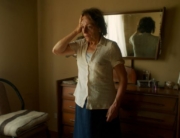
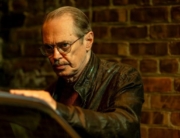

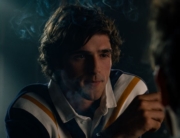
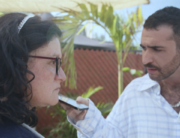
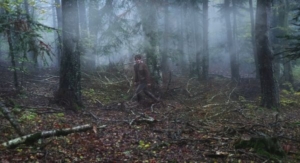
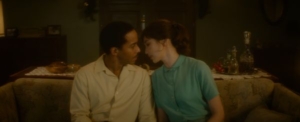







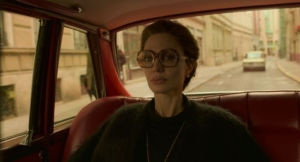
Leave A Comment